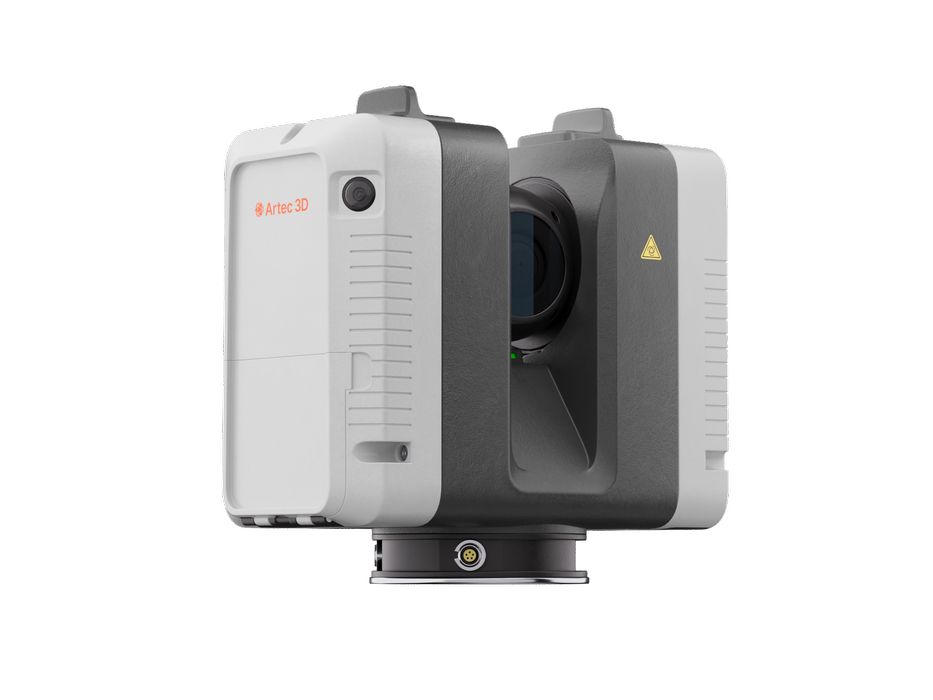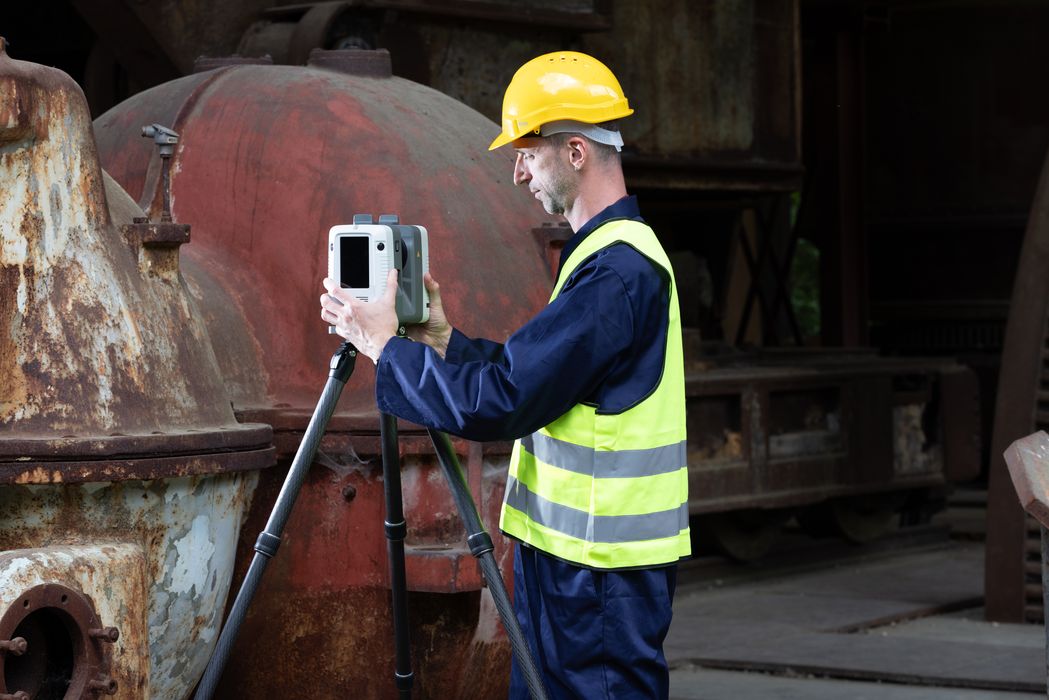
Artec 3D announced a new high-precision 3D scanner, the Artec Ray II.
Artec 3D is a well-known producer of powerful 3D scanners, with multiple models available for differing applications. We’ve even tested one of their most interesting devices, the Artec Leo.
While the Artec Leo is a handheld device, the Artec Ray II is not. It’s a tripod-mounted device intended for capturing very large scenes and objects. Artec 3D describes this as a “long range” device, and it uses LIDAR as its light engine.
It’s also very, very fast.
How fast? Artec 3D writes that a 10m radius “dome” (the 360 degree space around the scanner) can be entirely captured to an astonishing 1.9mm accuracy in only 102 seconds. SECONDS.
Artec 3D recommends using the Artec Ray II for capturing factory floors, archaeological sites, buildings, large structures, etc.
The speed of the capture is so quick I initially feared that it would by default capture the operator as they fled the scene to avoid being scanned. However, it turns out that’s not a problem because the Artec Ray II includes a unique “double scan” process that is intended to detect and automatically remove moving objects from the scanned scene.

The Artec Ray II also includes automated registration — without targets required; realtime scan alignment, a friendly touchscreen interface, and much more. The system also makes use of Artec 3D’s very powerful Artec Studio scanning software that can process captures.
Artec 3D also recommends using the Artec Ray II combined with the Artec Leo handheld device.
This is quite interesting, as I wondered what happens to portions of the scene that are hidden from the tripod’s point of view. What is behind that box? The Artec Ray II cannot see everything.
The idea here is that you can then use the very portable Artec Leo to capture “behind the box”. That scan can then be integrated into the larger scene using Artec Studio. The process of joining multiple scans together is actually a common process used to ensure you have the top and bottom of a scanned object. However, here we are using that approach in a different way.
One very intriguing application for the Artec Ray II would be the creation of digital twins. The digital twin method involves creating a kind of digital replica of a physical system that can then be used for experimentation or monitoring. Often 3D scans of the physical system are obtained to build the digital twin, but here the Artec Ray II could make that process much easier – and quicker.
The Artec Ray II is not something for everyone, but would be of extreme interest to anyone seeking to capture huge 3D scans.
Via Artec 3D
